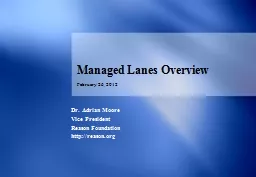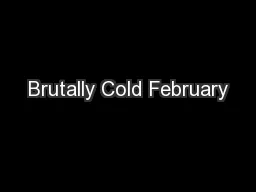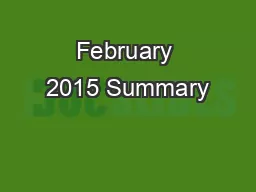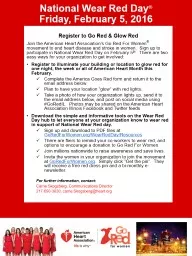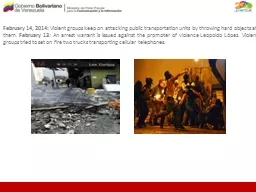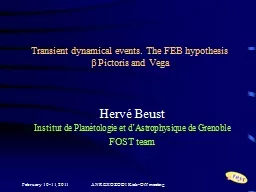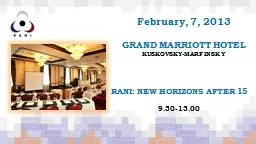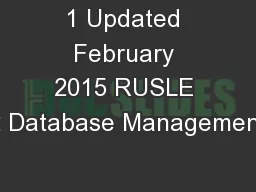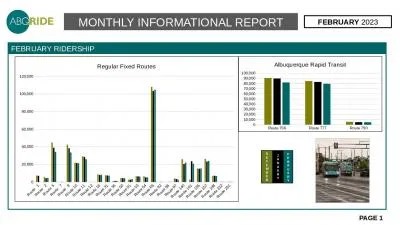PPT-February 26, 2012
Author : yoshiko-marsland | Published Date : 2016-04-24
Managed Lanes Overview Dr Adrian Moore Vice President Reason Foundation httpreasonorg 1 Key Issues OUTLINE What are Managed Lanes Where Are Managed Lanes Nationwide
Presentation Embed Code
Download Presentation
Download Presentation The PPT/PDF document "February 26, 2012" is the property of its rightful owner. Permission is granted to download and print the materials on this website for personal, non-commercial use only, and to display it on your personal computer provided you do not modify the materials and that you retain all copyright notices contained in the materials. By downloading content from our website, you accept the terms of this agreement.
February 26, 2012: Transcript
Download Rules Of Document
"February 26, 2012"The content belongs to its owner. You may download and print it for personal use, without modification, and keep all copyright notices. By downloading, you agree to these terms.
Related Documents

